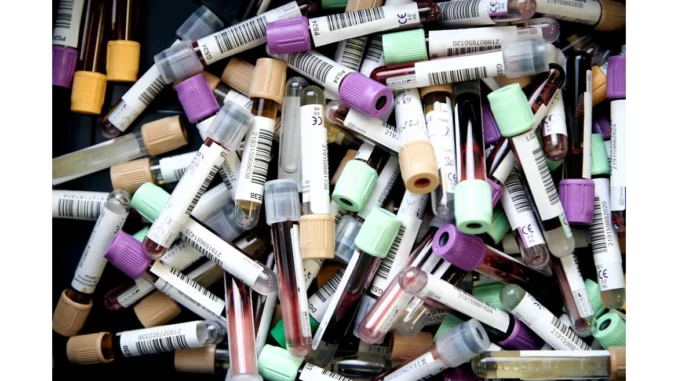
When it comes to the vital resources that sustain life, few are as critical and as taken for granted as blood. To delve into the intricacies of blood stock management and the essential role it plays in healthcare, I had the opportunity to sit down with Emily Cooper, a dedicated blood stock coordinator at a leading hospital in London. Her insights highlighted not only the complex logistics behind maintaining adequate blood supplies but also the tangible ways individuals and organisations can contribute to this life-saving effort.
Emily has been at the forefront of blood stock management for over a decade. Her journey began in the bustling corridors of a large metropolitan hospital, where she quickly realised the pivotal role that blood played in patient care. “Blood is one of those things you don’t really think about until it’s desperately needed,” she shared, her voice reflecting both the urgency and the compassion that her job demands.
How We Help
Our conversation began with an overview of the current state of blood stocks, guided by the phases outlined by the National Blood Transfusion Committee (NBTC). Emily explained, “The phases are crucial for us to manage supply and demand effectively. Under normal conditions, we’re in the ‘Green’ phase, where blood supply meets the demand. But, as with any resource, fluctuations can occur.”
She described how the hospital responds to changes in blood availability, moving through the ‘Pre-Amber’ and ‘Amber’ phases when there’s reduced availability. “During these times, we have to be particularly strategic in our usage and prioritise urgent cases,” she noted. “The ‘Red’ phase is something we work tirelessly to avoid, as it signifies severe shortages impacting clinical activity.”
Emily emphasised the importance of Patient Blood Management initiatives and Blood Stocks Management inventory systems, which help optimise blood use and minimise waste. “It’s all about making sure that every unit of blood is used to its fullest potential,” she said, underscoring the meticulous planning involved in her work.
How You Can Help
While the logistics of blood stock management might seem daunting, Emily was quick to highlight how individuals can make a significant impact. “Donating blood is one of the simplest yet most powerful ways to contribute,” she stressed. “Each donation can save up to three lives, and with regular donations, you can help maintain a stable blood supply.”
She encouraged people to become regular donors, citing the consistency required to keep blood stocks in the ‘Green’ phase. “It’s about creating a culture of giving,” Emily explained. “We rely on the kindness of strangers to ensure that when someone needs blood, it’s there.”
Moreover, Emily discussed the importance of raising awareness about the need for blood donations and engaging communities. “People often don’t realise the diversity needed in blood donations,” she added. “Certain blood types are rarer and more in demand, and matching those with patients can be critical.”
Careers and Opportunities
For those interested in playing a more sustained role in this field, Emily highlighted the rewarding career opportunities available in blood management and healthcare logistics. “It’s a field that requires both analytical skills and a compassionate heart,” she said. “You’re directly contributing to saving lives, which is incredibly fulfilling.”
Emily pointed out that careers in this area are not just limited to medical professionals. “We need a range of expertise from logistics coordinators to IT specialists who can enhance our inventory systems,” she elaborated. “There’s a place for everyone who wants to make a difference.”
Staying Informed: News and Developments
During our discussion, Emily also touched upon the importance of keeping abreast of news and developments in blood stock management. “It’s a dynamic field,” she explained. “Policies and best practices are continually evolving to improve efficiency and patient care.”
For instance, she mentioned the recent initiatives to facilitate stock sharing between trusts and independent hospitals, supported by service level agreements. “These agreements help us respond more flexibly to shortages and ensure that blood can be redistributed where it’s needed most,” she said.
Business Continuity in Blood Stock Management
Emily also highlighted the significance of business continuity planning in blood stock management. “We plan for the unexpected,” she said. “Whether it’s a sudden increase in demand or a disruption in supply chains, having a robust plan ensures that we can continue to provide care without interruption.”
In closing, Emily shared a heartfelt appeal to anyone considering becoming involved in blood donation or management. “Everyone has the power to make a difference,” she said. “Whether it’s through donating blood, pursuing a career in this field, or simply spreading the word, your efforts can save lives.”
The conversation with Emily Cooper offered a comprehensive look into the world of blood stock management, revealing both the challenges and the triumphs of ensuring that this vital resource is available whenever it’s needed. Her dedication serves as a reminder of the life-saving impact that thoughtful management and community involvement can achieve.
By Isaac Grey


Be the first to comment